Scientist of the Day - Pierre Varignon
Pierre Varignon, a French priest and mathematician, died Dec. 23, 1722, at the age of about 68. Although educated at the Jesuit College in Caen, and a priest, he was not a Jesuit. He came to Paris, published a book, Projet d'une nouvelle mechanique, in 1687 (third image, below), and was appointed to the Paris Academy of Sciences and to a professorship at the College Mazarin the next year. Although trained in Cartesian physics and geometry, he soon became a convert to the Newtonian mechanics of the Principia (1687), and also a proponent of calculus, although it was the calculus of Gottfried Leibniz he used, Newton's being yet unpublished. Varignon was one of the first to apply infinitesimal calculus to Newton’s mechanics, the proofs in the Principia being geometric. Varignon is generally credited with being one of the better mathematicians and foremost Newtonians in turn-of-the-century France. He was friends with both Newton and Leibniz, which must have been tricky, as the two had no use for each other. Varignon was responsible for editing the second French edition of Newton's Opticks (1704) – published in 1722, it is generally regarded as the finest of all the editions of the Opticks, in terms of content and appearance. Its added illustrations make it a very attractive book, about which we will say more below.
Today, we are going to discuss Varignon as a champion of the printed headpiece. Headpieces were illustrations, nearly always engravings, that were inserted at the beginning of a book, or occasionally, before every chapter. They often functioned as mini-engraved title pages, making some point about the text to follow; they were usually not emblematic. Headpieces were especially popular in France, where they were in vogue from 1670 on through the end of the 18th century. We have shown a number of headpieces in this series, for example, in our posts on Claude Perrault, Denis Dodart, and Abraham Trembley. The French liked tailpieces as well, which fill the blank space at the end of a preface or chapter, but that is fodder for a different post.
Varignon commissioned three headpieces that are classic images in the history of science, although very few are aware that they all originated as Varignon headpieces. The first, you have already encountered, as our first image; it appeared on page 1 of Varignon's Project d'une nouvelle mechanique. It illustrates a famous aphorism attributed to Archimedes: "Give me a place to stand, and I will move the Earth." Depictions of Archimedes moving the Earth can be found in many books of mechanics of the late Renaissance and the 17th century. Varignon’s version shows Archimedes, from some unportrayed vantage point, using a lever to nudge the Earth, with the motto: "Tange, movebis" - "Touch it, and you will move it." Our fourth image shows how the headpiece appears on the printed page, and why it is called a headpiece.
Three years later, Varignon published Nouvelles conjéctures sur la pesanteur (1690), which is much smaller than the Projet, but still big enough for a headpiece, which appears in the book twice. This is a work is about falling bodies, written in the light of Newton's Principia, which discussed gravitational force. The engraved headpiece (fifth and sixth images, below) illustrates some correspondence between René Descartes and Marin Mersenne in the 1630s, in which they wondered whether a cannon ball or musket ball, fired straight up, would lose its gravity and keep rising, or would fall back down again. The engraving depicts Mersenne (on the left) and Descartes, performing such an experiment, and the motto says: Retombera-t-il - "Will it come back down?
Our third headpiece is one that appeared in the second French edition of Newton's Opticks (1704), edited by Varignon and published in 1722, as Traité d’optique. The first French edition of 1720 had numerous textual problems and was visually unappealing; Varignon took it upon himself to get corrections from Newton himself via Abraham De Moivre, and he even prevailed upon Newton to provide him with an illustration of the so-called "crucial experiment", in which Newton broke down white light into its constituent colors, and then showed, by directing the red light through a second prism, that it could not be further altered. Newton was happy to provide the illustration – his sketch still survives – and Varignon had it sent to an artist and engraver and then inserted as the headpiece for the first page of the book (seventh image, below). It is not true-to-fact, as Newton has placed a lens in front of the prism, which he did not do in 1666-67, but it does make a dramatic introduction to the text. Varignon had originally planned to include little putti, of which the French were fond, in the illustration, but later agreed that the image is much more dramatic with just the black background.
We do not have the second French edition of the Traité d’optique in our Library, or even the first one, which is almost shocking, given the excellence of our Newton holdings, so our image comes from an auction at Christies in 2010. I hope the Library looks to acquire a copy in the not-too-distant future, to enrich not only our Newton collection, but our Varignon holdings, which are otherwise virtually complete.
There is one good portrait of Varignon, an 18th-century engraving, which I have borrowed here from the Wellcome Collection in London (second image). I do not know if it was a single-sheet issue, or part of a larger work.
Dr. William B. Ashworth, Jr., Consultant for the History of Science, Linda Hall Library and Associate Professor emeritus, Department of History, University of Missouri-Kansas City. Comments or corrections are welcome; please direct to ashworthw@umkc.edu.

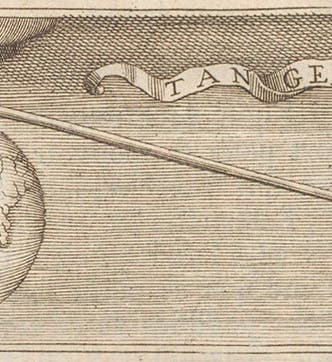
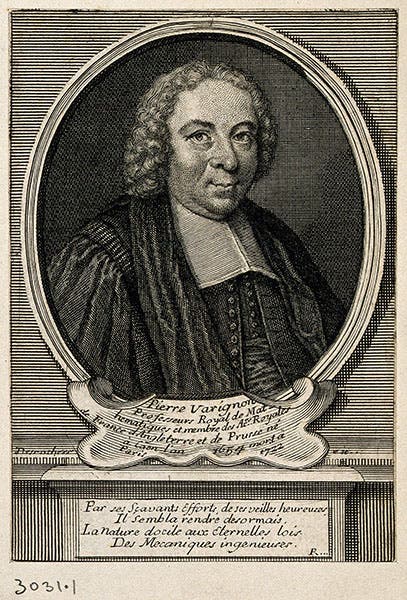
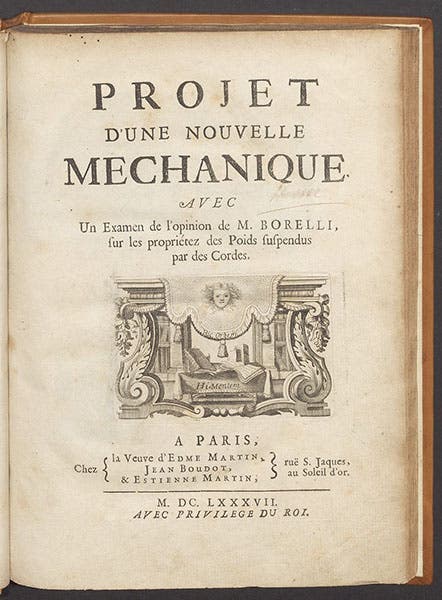
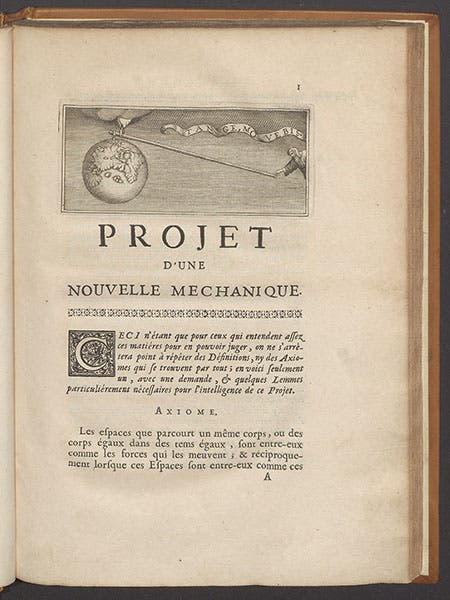
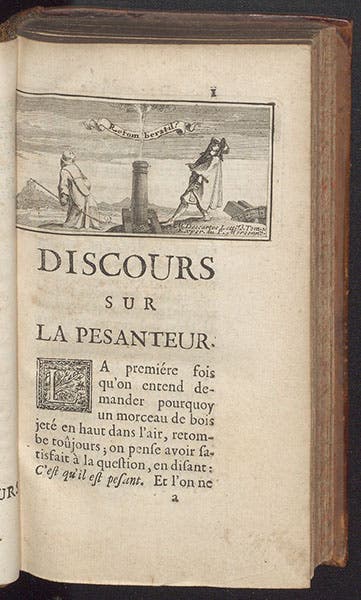


![Columbine, hand-colored woodcut, [Gart der Gesundheit], printed by Peter Schoeffer, Mainz, chap. 162, 1485 (Linda Hall Library)](https://assets-us-01.kc-usercontent.com:443/9dd25524-761a-000d-d79f-86a5086d4774/3829b99e-a030-4a36-8bdd-27295454c30c/gart1.jpg?w=210&h=210&auto=format&fit=crop)



